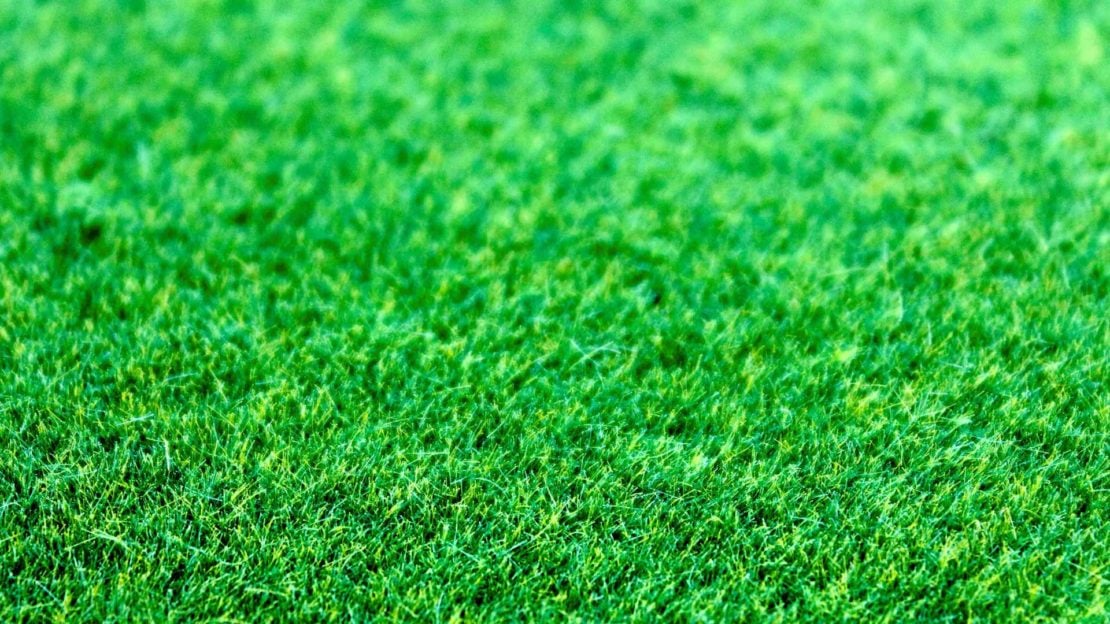Things are starting to turn green in Michigan. If you’ve driven through the parks lately or spent much time outside, you may have noticed the first subtle green glimpses of new life mixed in with the drab brown we’ve been surrounded by for five months. They’re tiny now, but these buds and leaves hold the promise of sunshine and summertime. Soon, the dreary browns and grays will be but a distant memory, and the trees, the shrubs and that one neighbor‘s lawn will be vibrant emerald green. To help you be “that neighbor” — with the best lawn on the block — here are some helpful spring lawn tips:
- Weed Killer – There are a few different types of weed killer, and they work in different ways. Penn State’s professor emeritus of agronomy, John C. Harper II, gives the simplest instruction on which to use and when in his publication, “Lawn Management Through the Seasons.” He says, “Annual grass weeds, such as crabgrass, can be controlled with preemergence herbicides. These chemicals should be applied prior to weed seed germination in early to mid-spring…Broadleaf weeds, such as dandelion and ground ivy, usually are controlled with broadleaf herbicides. It is especially important to identify weeds present and select the herbicide that will provide the best control. Broadleaf herbicide applications should be made when weeds are actively growing in spring or fall.”
- Water – Water helps strengthen and enlarge the root system of your turfgrass, which will naturally choke out weeds. Once you notice that your lawn has begun to grow again, you may water it two times a week. For more information on watering your lawn, check out Michigan State University’s suggestions here.
- Fertilizer – Fertilizer is food for your lawn, and it goes hand in hand with water. Start with a light application of fertilizer to be sure that you aren’t also feeding weeds that you may not have control of yet. It is important to water your lawn after you fertilize, so if you are environmentally conscious or want to cut down on your water bill, fertilize your lawn before a forecasted rain shower.
- Move Matted Grass Around – If you have areas of grass that are matted down, hard raking will only damage your lawn. The newly growing grass beneath these mats needs a gentle touch so a leaf blower is a better option, as is a regular mowing with your lawnmower on a high blade setting to allow the circular motion to lift the matted grass.
- Reseeding – Bare spots and exposed soil in your lawn are likely to fill in with weeds like crabgrass, so it is important to identify these areas early in the season and encourage new turfgrass to grow. The old adage, “an ounce of prevention” is key here! For an in-depth guide to reseeding, see Michigan State University professor Dr. Kevin Frank’s article, “Tips for Reseeding Lawns in the Spring.” One final tip from Dr. Frank if you are following a reseeding with fertilizer: “Make sure to follow label directions, contain all fertilizer on the area to be seeded and off the driveway, and keep a minimum of 15 feet from any surface water.”
Get your equipment tuned up and dusted off and your supplies ready to go. With these suggestions, a little common sense, and a little elbow grease, you can have a lush, green lawn all summer.
Feeling Overwhelmed? Need More Help?
In lawn care, being late can mean the difference between a beautiful lawn and one that is full of weeds. That’s why LushLawn is here to help you take care of your lawn without you having to do it yourself! Use our Instaquote to get a free, fast lawn care quote today!
